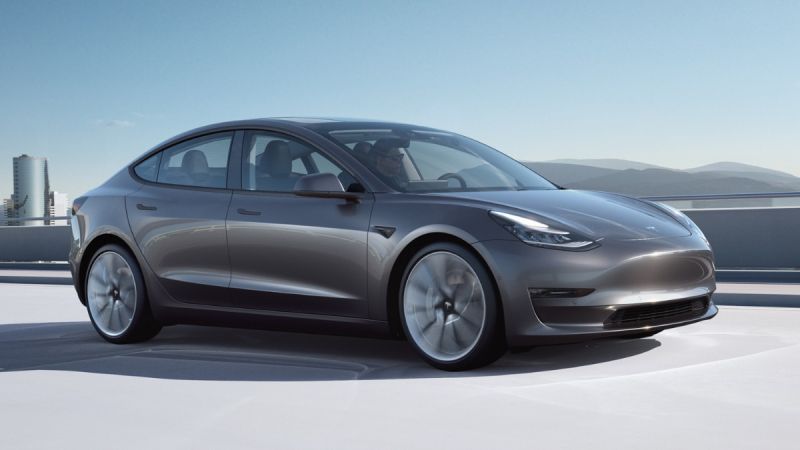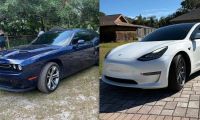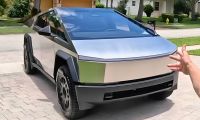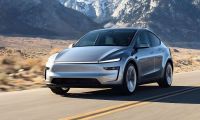The testing of a Tesla Model 3 RWD Standard Range LFP battery shows that this chemistry can easily perform at the same level as NCA (Nickel Cobalt Aluminum) in terms of range. Bjorn Nyland has subjected a Model 3 unit equipped with this battery chemistry to a 1,000 Km (620 miles) test trip, which was completed in 10 hours and five minutes.
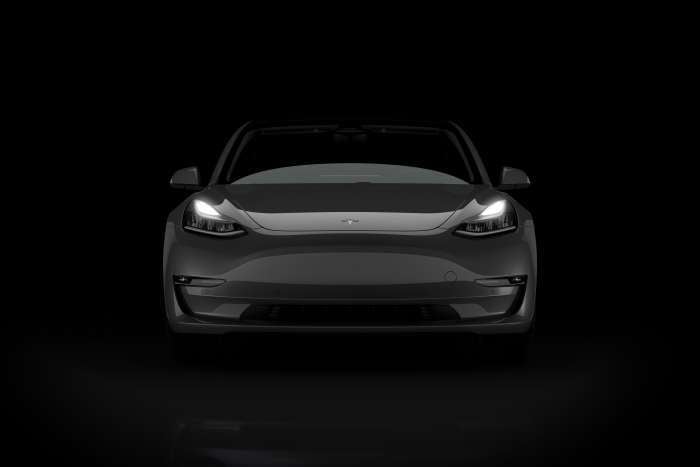
The enormous demand for batteries caused by the increase in the supply of electric vehicles led Tesla to begin using LFP batteries in its Model 3 Standard Range variants. LFP battery technology has not been commonly used in electric cars because of the fact that its energy density is lower than regular lithium batteries, up to now being limited to large vehicles since its cost is significantly lower, and by the way to the fact that they have way safer security records.
Tesla calls it Standard Plus. What should we call it?https://t.co/lVZSk6PAwz pic.twitter.com/CInPcEn6r7
— Bjørn Nyland (@BjornNyland) January 23, 2022
Although for now Tesla only includes LFP batteries in the Tesla Model 3 that are manufactured in the Shanghai Gigafactory, many of them are also exported to Europe. One of these units is the one that has been used for this range test. A practical feature that distinguishes the LFP chemistry is the recommendation - included in the vehicle manual – directly from Tesla that the battery be fully charged on a regular basis. This provides extra range compared to NCA batteries, for which it is not recommended to charge to a 100% capacity on a regular basis, unless it is really necessary.
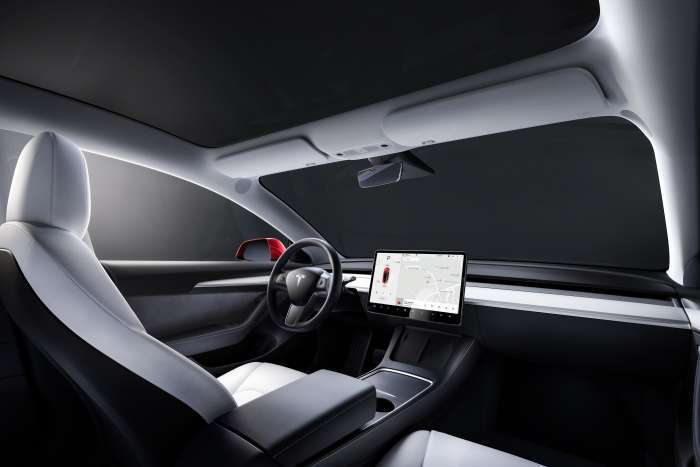
Bjorn, who has extensive experience driving different Tesla models, says he was impressed with the performance of the Tesla Model 3 RWD; especially as the challenge was carried out in temperatures between two and four degrees Celsius (35°F – 39°F). The whole trip was completed in 10 hours and five minutes, which is close to what the Model 3 SR+ (also made in Shanghai) with an NCA battery achieved in a similar test at much higher temperatures: he completed the test in 9 hours and 55 minutes at temperatures ranging between 13 and 21 degrees Celsius (55°F - 63°F). The same model, but this time built in Fremont, needed 10 hours at a higher temperature, 22-27 degrees Celsius (71 - 80°F).
However, there is another big difference between these tests to take into account when evaluating each one, since this fact can be greatly important for those who wish to buy a basic version of the Model 3 for long trips. The LFP version only needed five stops at a Supercharger station, while the other two versions with NCA batteries needed six stops all in all. Bjorn Nyland points out that this is because the car has an excellent thermal management system that helps squeeze out every bit of power even in cold temperatures.
All images courtesy of Tesla Inc.
Nico Caballero is the VP of Finance of Cogency Power, specializing in solar energy. He also holds a Diploma in Electric Cars from Delft University of Technology in the Netherlands, and enjoys doing research about Tesla and EV batteries. He can be reached at @NicoTorqueNews on Twitter. Nico covers Tesla and electric vehicle latest happenings at Torque News.



